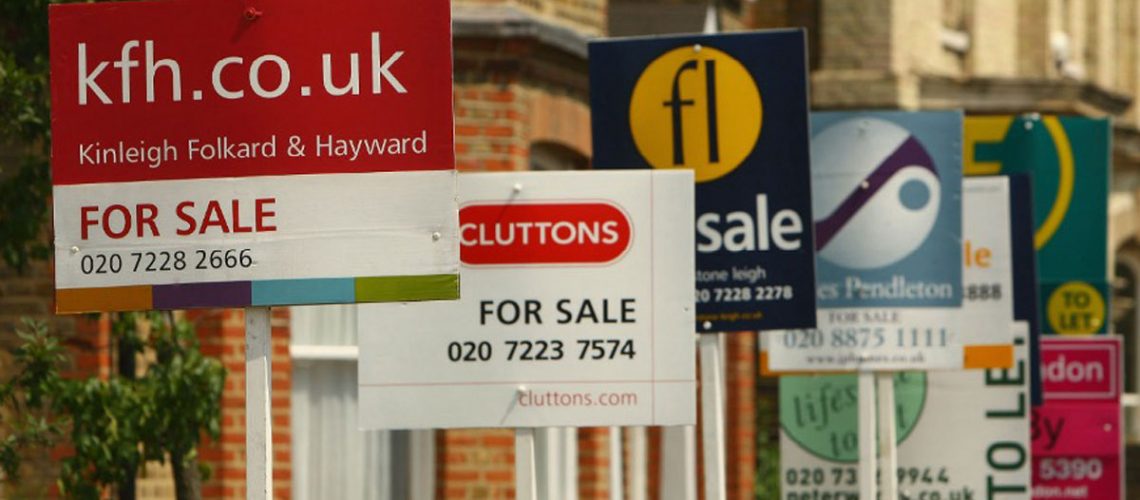What You Need to Know – Stamp Duty
What is Stamp Duty?
In England and Northern Ireland, all purchases of freehold properties or land are subject to a fixed tax known as the Stamp Duty Land Tax (SDLT). The amount of Stamp Duty tax that a purchaser pays is dependent on the purchase price of the property. Under normal circumstances, this would be how much you would pay in stamp duty on a purchase:
- 0% on the first £125,000.
- 2% between £125,001 and £250,000.
- % between £250,001 and £925,000.
- 10% between £925,001 and £1.5 million.
- 12% above £1.5 million.
Stamp Duty & COVID-19
The Chancellor of the Exchequer, Rishi Sunak, confirmed a stamp duty holiday on the 8th of July 2020 in an attempt to revitalise the property market after the first lockdown in the UK. As a result of this, house sales rose by 21.3% in September (HM Treasury). This is because the stamp duty holiday has made purchasing a property more affordable… but how much more affordable?
Well, the holiday does not mean that the tax has been scrapped entirely for all purchases, but it has lowered the amount homebuyers can expect to pay. Thanks to the government’s intervention, the bands currently look like this:
- Nothing on the first £500,000.
- 5% on £500,001 to £925,000.
- 10% on £925,001 to £1.5 million.
- 12% over £1.5 million.
Are There Exceptions?
Yes, there are circumstances where you are exempt from paying stamp duty. These exemptions include:
You are transferring part of the property to the other party in a divorce or separation.
- You are a first-time buyer and purchasing a property for £300,000 or less.
- You are transferring the property’s deed as a gift to someone else
Paying Stamp Duty
In most cases, stamp duty will be taken care of by your solicitor during the purchasing process. If you decide that you would rather take control of this yourself, then you would need to fill out and send off an SDLT return form within 14 days of completing the purchase of a property.
What You Need to Know – Stamp Duty
What is Stamp Duty?
In England and Northern Ireland, all purchases of freehold properties or land are subject to a fixed tax known as the Stamp Duty Land Tax (SDLT). The amount of Stamp Duty tax that a purchaser pays is dependent on the purchase price of the property. Under normal circumstances, this would be how much you would pay in stamp duty on a purchase:
- 0% on the first £125,000.
- 2% between £125,001 and £250,000.
- 5% between £250,001 and £925,000.
- 10% between £925,001 and £1.5 million.
- 12% above £1.5 million.
Stamp Duty & COVID-19
The Chancellor of the Exchequer, Rishi Sunak, confirmed a stamp duty holiday on the 8th of July 2020 in an attempt to revitalise the property market after the first lockdown in the UK. As a result of this, house sales rose by 21.3% in September (HM Treasury). This is because the stamp duty holiday has made purchasing a property more affordable… but how much more affordable?
Well, the holiday does not mean that the tax has been scrapped entirely for all purchases, but it has lowered the amount homebuyers can expect to pay. Thanks to the government’s intervention, the bands currently look like this:
- Nothing on the first £500,000.
- 5% on £500,001 to £925,000.
- 10% on £925,001 to £1.5 million.
- 12% over £1.5 million.
Are There Exceptions?
Yes, there are circumstances where you are exempt from paying stamp duty. These exemptions include:
You are transferring part of the property to the other party in a divorce or separation.
- You are a first-time buyer and purchasing a property for £300,000 or less.
- You are transferring the property’s deed as a gift to someone else
Paying Stamp Duty
In most cases, stamp duty will be taken care of by your solicitor during the purchasing process. If you decide that you would rather take control of this yourself, then you would need to fill out and send off an SDLT return form within 14 days of completing the purchase of a property.

